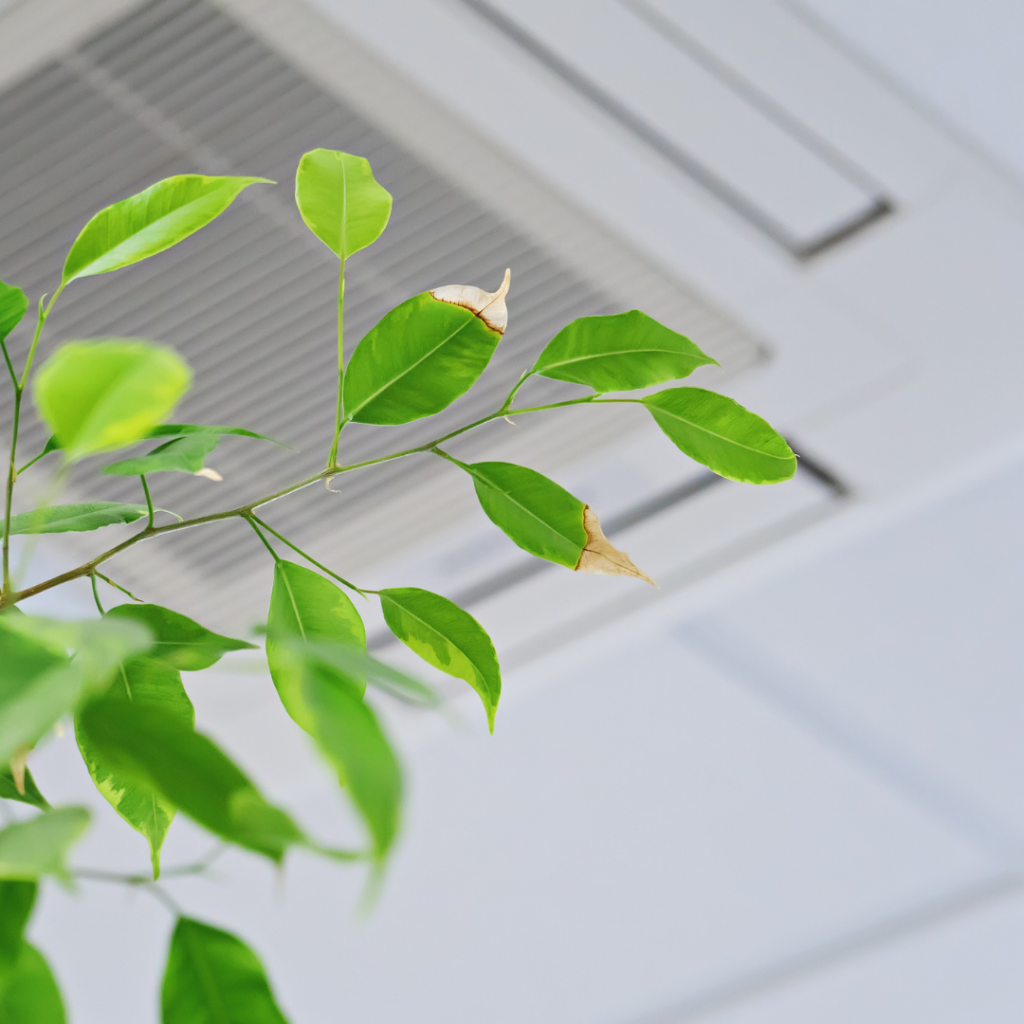Indoor air quality (IAQ) is considered to be one of the most important parts of overall health and well-being. But the sad part is that it is sometimes disregarded. Now there are a lot of factors that can affect IAQ. These may include things such as ventilation, humidity levels, and the presence of contaminants.
In addition to this, pests are an often-overlooked cause of poor indoor air quality. Well, in this blog post, we are going to look at the influence of pests on indoor air quality and discuss how to mitigate these effects to create a better living environment. So let’s not wait any longer and jump right into it!
The Impact of Pests on Indoor Air Quality:
1. Allergens:
Pests such as cockroaches, rodents, and dust mites produce allergens that can trigger respiratory symptoms in sensitive individuals. These allergens can become airborne and circulate throughout the home, exacerbating allergies and asthma. Cockroach droppings, rodent dander, and dust mite feces are common sources of indoor allergens that can compromise IAQ.
2. Mold and Fungi:
Pests like termites and water leaks can create conditions conducive to mold growth. Mold spores released into the air can cause respiratory irritation, allergic reactions, and exacerbate asthma symptoms. Additionally, mold can produce mycotoxins, which are harmful substances that can further compromise IAQ and pose health risks to occupants.
3. Bacteria and Pathogens:
Rodents, flies, and cockroaches are known carriers of bacteria and pathogens that can contaminate indoor surfaces and air. Exposure to these microorganisms can lead to infections, gastrointestinal illnesses, and respiratory infections. Improperly stored food, fecal matter, and saliva from pests can serve as breeding grounds for harmful bacteria, compromising IAQ and putting occupants at risk.
4. Odors:
Pests such as rodents, insects, and mold can emit unpleasant odors that permeate indoor spaces. These odors can be persistent and offensive, affecting the comfort and well-being of occupants. Additionally, the presence of odors from pests can indicate underlying issues with sanitation, moisture intrusion, or pest infestations that need to be addressed to improve IAQ.
Mitigating the Impact of Pests on Indoor Air Quality:
1. Pest Prevention:
Implement measures to prevent pest infestations, such as sealing cracks and crevices, eliminating food and water sources, and maintaining proper sanitation practices. Regular inspections and proactive pest control Geelong can help prevent pests from gaining entry into the home and reduce their impact on IAQ.
2. Moisture Control:
Address moisture issues promptly to prevent mold growth and create an inhospitable environment for pests. Repair leaks, improve ventilation, and use dehumidifiers to maintain optimal humidity levels indoors. By controlling moisture, you can reduce the likelihood of mold growth and mitigate the associated effects on IAQ.
3. Integrated Pest Management (IPM):
Adopt an integrated pest management approach that combines preventive measures, monitoring, and targeted interventions to manage pest populations effectively. IPM emphasizes the use of non-chemical methods, such as habitat modification and exclusion, to minimize reliance on pesticides and reduce potential health risks associated with their use.
4. Regular Cleaning and Maintenance:
Keep indoor spaces clean and well-maintained to minimize the accumulation of dust, debris, and potential pest attractants. Vacuum regularly, clean up spills promptly, and dispose of garbage properly to prevent pest infestations and maintain good IAQ. Regular cleaning also helps remove allergens and pollutants from indoor surfaces and air, improving overall air quality.
Common Pests That Impact Indoor Air Quality
Several common pests can significantly impact indoor air quality by introducing allergens, pathogens, and other contaminants into the air. Understanding these pests and their effects is crucial for maintaining a healthy indoor environment.
1. Dust Mites:
Dust mites are microscopic arachnids that thrive in warm, humid environments and feed on dead skin cells shed by humans and pets. Their feces contain proteins known to trigger allergic reactions and exacerbate asthma symptoms when inhaled, leading to respiratory issues and poor indoor air quality.
2. Cockroaches:
Cockroaches are notorious for triggering allergies and asthma attacks due to their saliva, feces, and shed skin particles, which contain allergenic proteins. Cockroach allergens can become airborne and settle on surfaces, contributing to indoor air pollution and respiratory problems.
3. Rodents (Mice and Rats):
Rodents are carriers of various pathogens, bacteria, and viruses that can contaminate indoor air through their urine, feces, and saliva. Exposure to rodent allergens and droppings can trigger allergic reactions and respiratory illnesses, posing a significant risk to indoor air quality and human health.
4. Dander from Pets:
Pets, such as dogs and cats, shed dander (tiny flecks of skin) that can become airborne and circulate throughout indoor spaces. Pet dander contains allergenic proteins that can trigger allergic reactions and worsen asthma symptoms in susceptible individuals, compromising indoor air quality.
5. Mold and Fungi:
While not pests themselves, mold and fungi thrive in damp, humid environments and often accompany pest infestations. Mold spores can become airborne and pose serious health risks when inhaled, leading to allergies, respiratory infections, and other adverse health effects.
These common pests can have a significant impact on indoor air quality, leading to respiratory issues, allergies, and other health problems. Effective pest control measures and proactive strategies are essential for mitigating their effects and maintaining a healthy indoor environment.
Final Thoughts
It is a fact that the presence of pests in indoor environments can certainly have a major impact on the indoor air quality and cause health issues for you. Therefore, it is important to mitigate the impact of pests on indoor air quality effectively. In this regard, this article can prove to be extremely beneficial.

